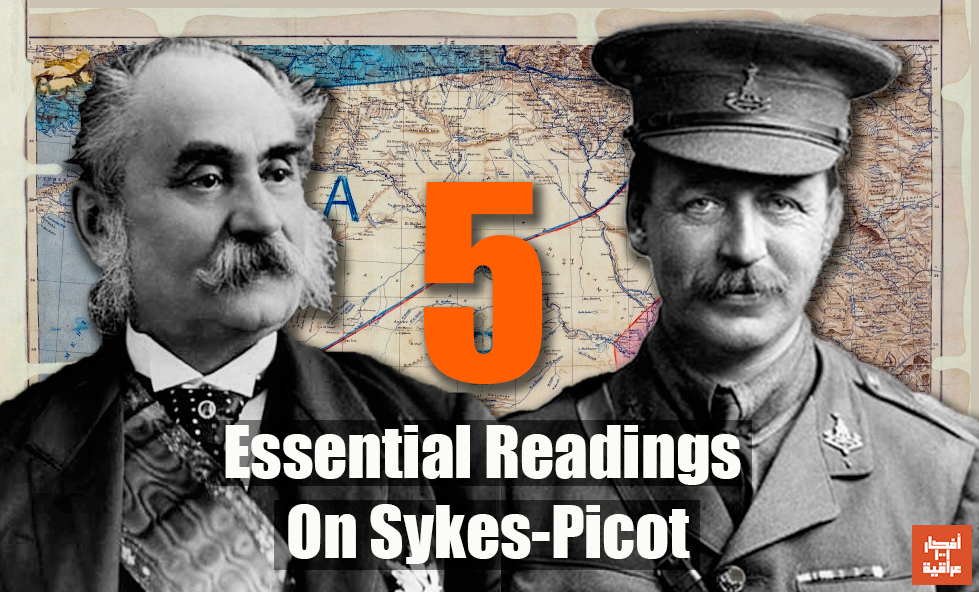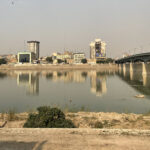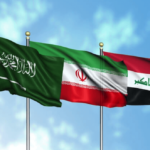Reaching its centenary today, the Sykes-Picot agreement of 1916 has been the subject of much debate between those who vilify the agreement and see its legacy as the main source of conflict in the Middle East today and those who actually know history. The narrative that Sykes-Picot is a complete armchair project that “cobbled” together an artificial Iraqi state is misleading. We recommend these five essential readings to hopefully put this case to rest.
1. Dammit, It Is NOT Unravelling: An Historian’s Rebuke to Misrepresentations of Sykes-Picot
“The current fixation with Sykes-Picot is just another case of Westerners being misrepresented as the omnipotent force in the Middle East. Today, the thing that appears to be in the greatest danger of unravelling is our fragile historical knowledge of the Middle East.”
2. Lines Drawn on an Empty Map: Iraq’s Borders and the Legend of the Artificial State (Part 1)
“It may be that no modern nation-state has been called “artificial” more times than Iraq. While most scholars are quick to admit that all nation-states are artificial, in the sense that they are created by humans, Iraq, it would seem, is more artificial than most.”
3. Lines Drawn on an Empty Map: Iraq’s Borders and the Legend of the Artificial State (Part 2)
“Three moments in the early formation of Iraq’s borders—specifically those with Syria, Najd (present-day Saudi Arabia), and Turkey—may help illustrate some of the ways in which the process worked. The British played significant roles, and so too did residents of Iraq, Syria, Najd, and Turkey.”
4. The Line in the Sand: Is Sykes-Picot Coming Undone?
“As civil strife and conflict have curtailed the reach of Baghdad and Damascus, a popular notion has emerged suggesting that the artificial colonial-era boundaries of Iraq and Syria are collapsing. The popular and mistaken refrain is that the Sykes-Picot Agreement is unravelling. This has engendered a number of misguided suggestions that the borders of the Arab state system are the principal drivers of conflict and now require significant overhaul along sectarian and ethnic lines.”
5. Was Sykes-Picot a bad thing?
“To look at the map of the Middle East might be to conclude that Sykes-Picot, the agreement which led to the drawing of so many contemporary borders, also created artificial countries. But just because a border is artificial does not mean that the resulting county is.”










